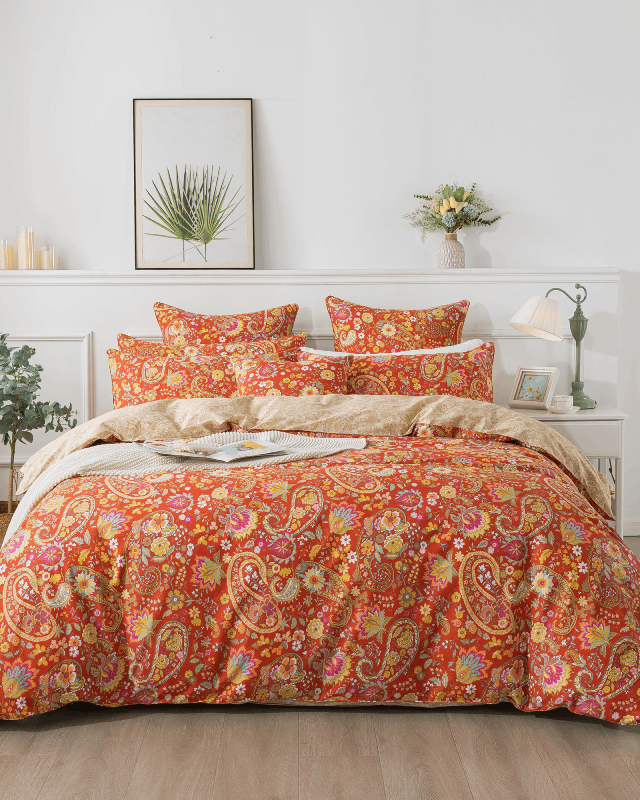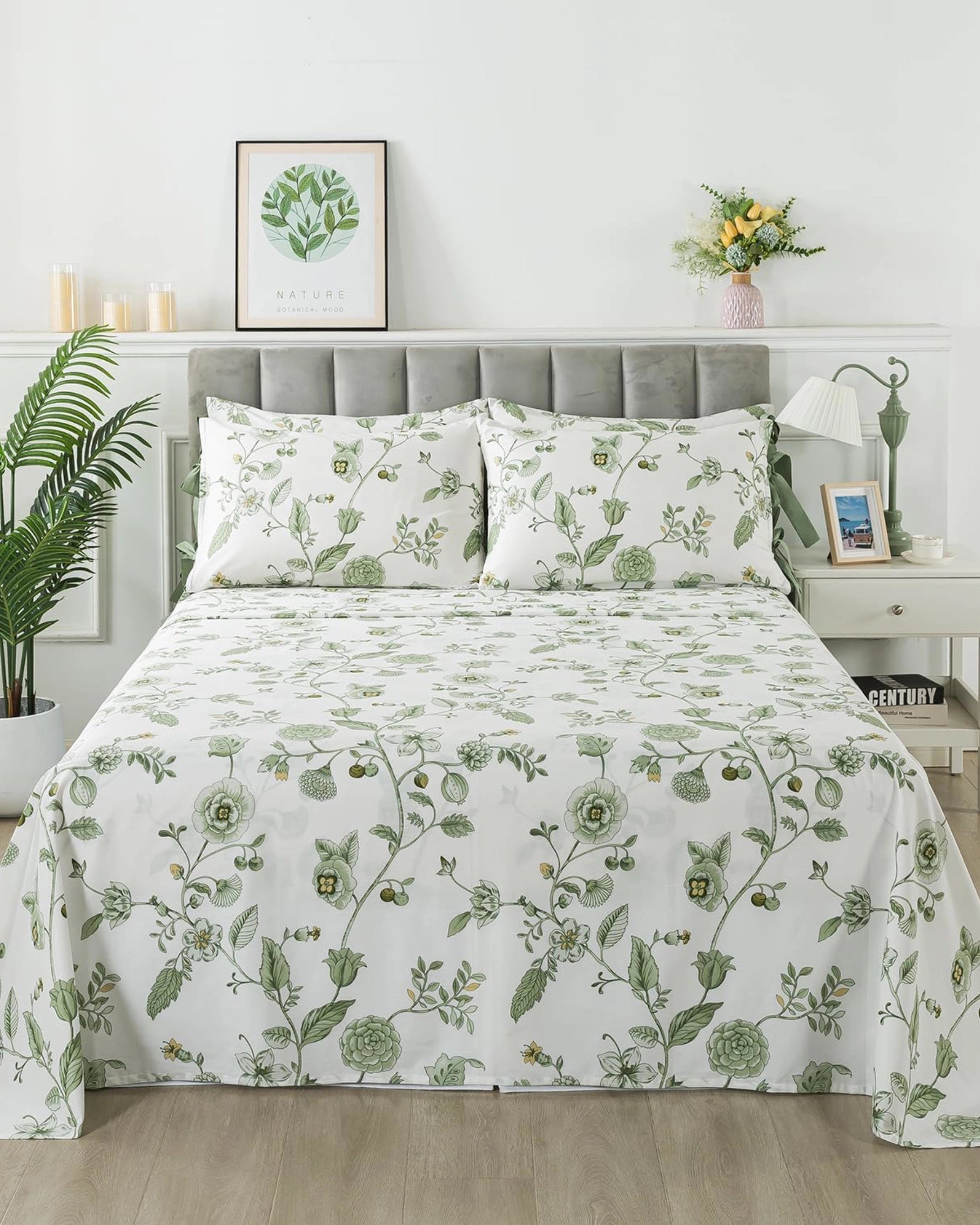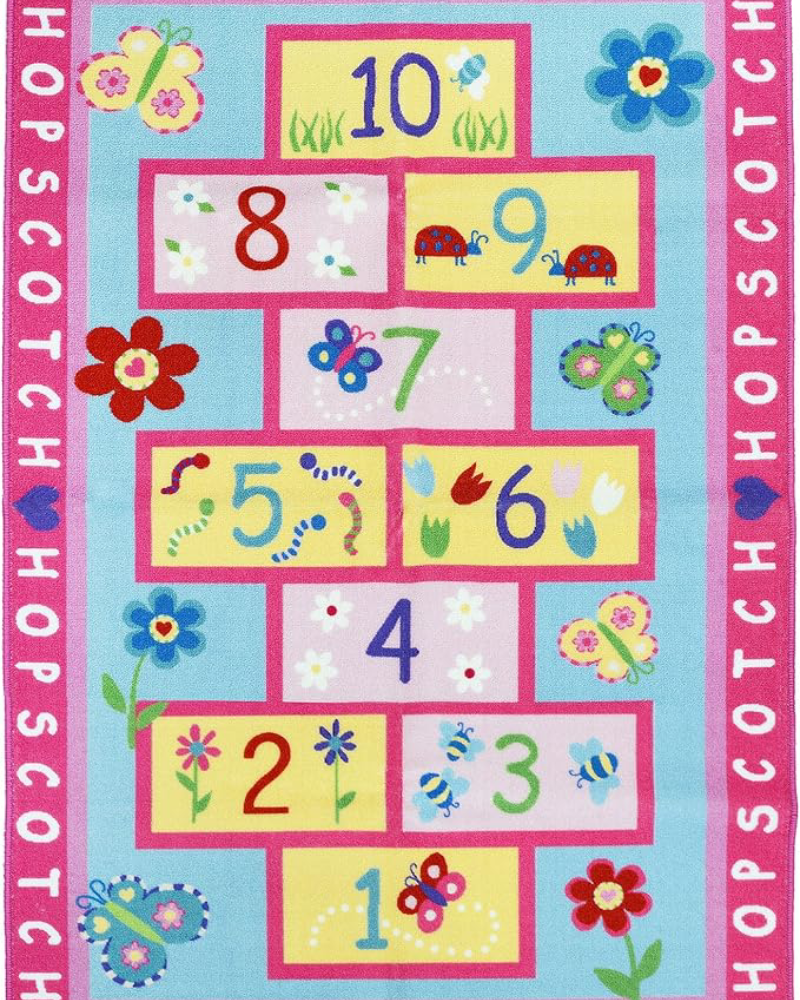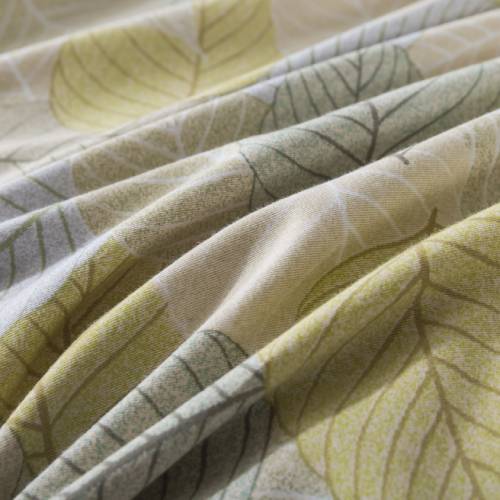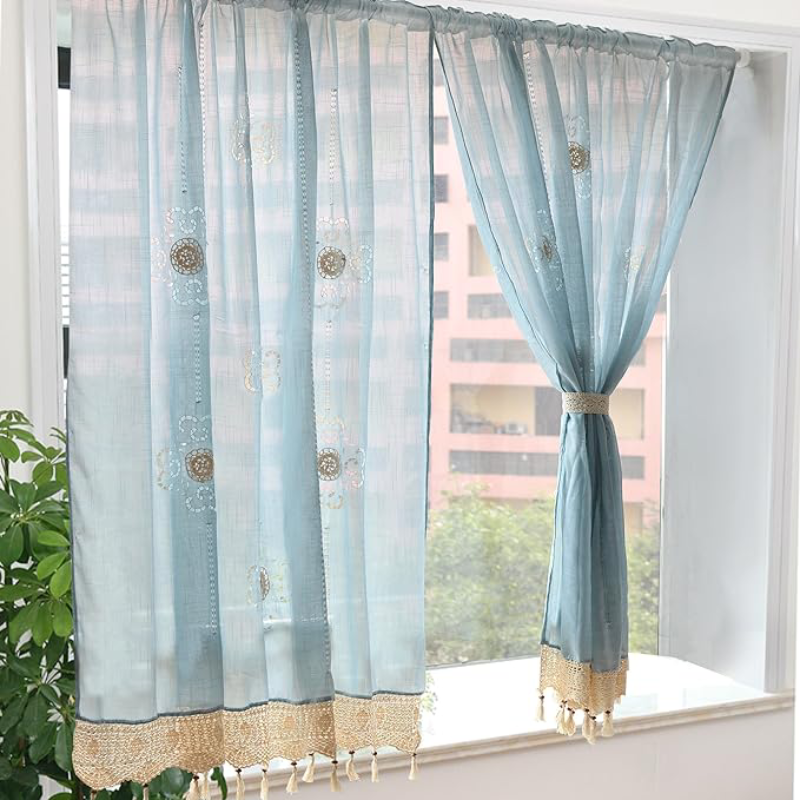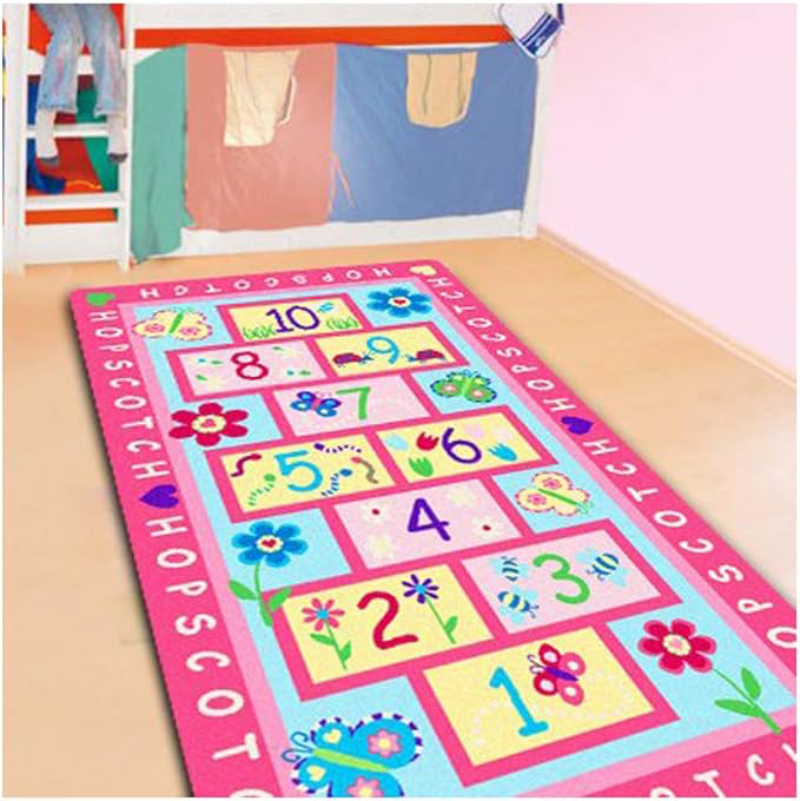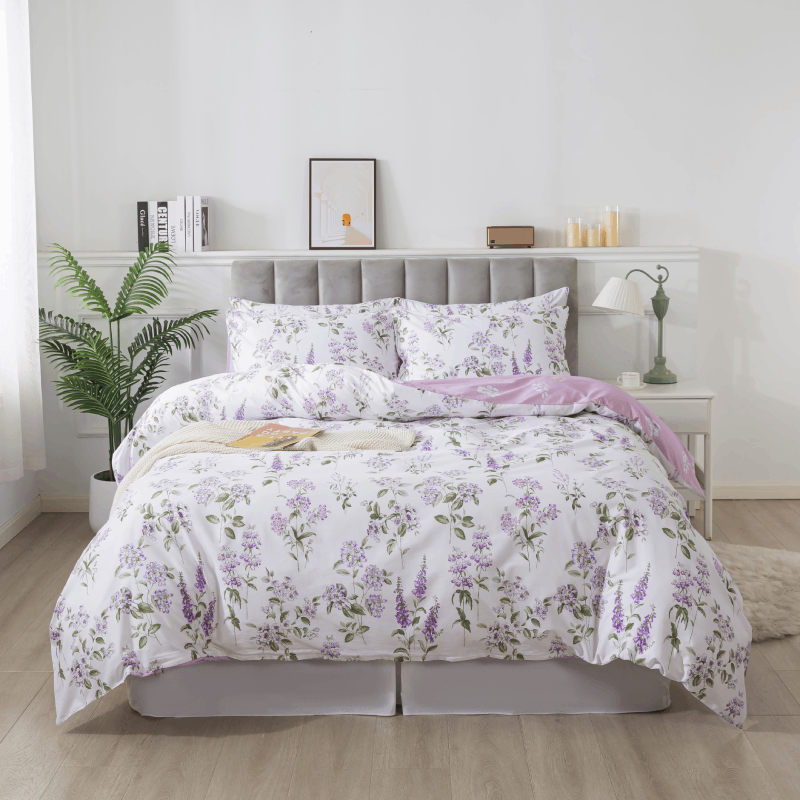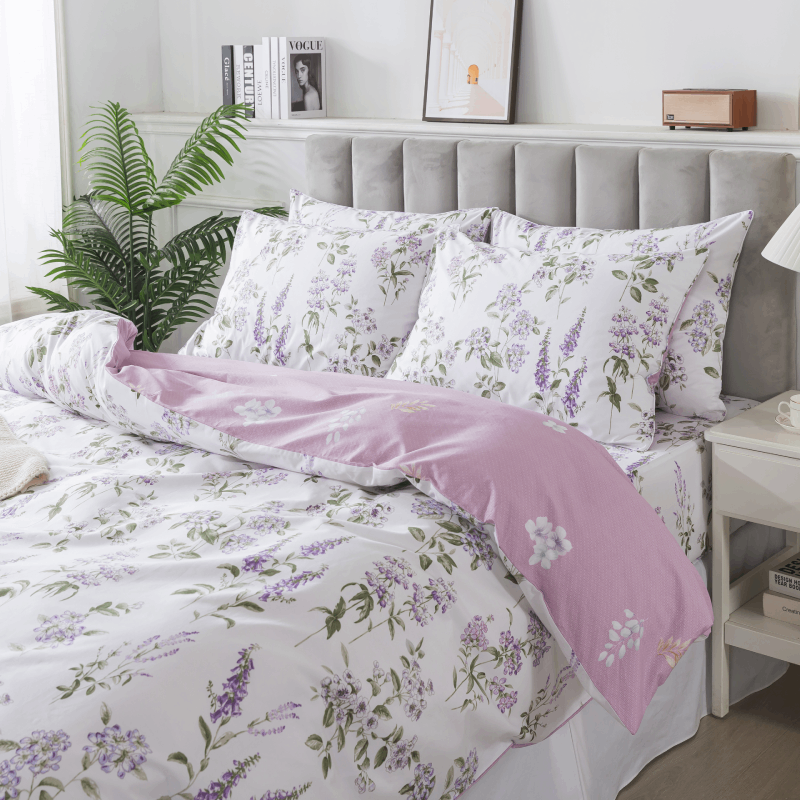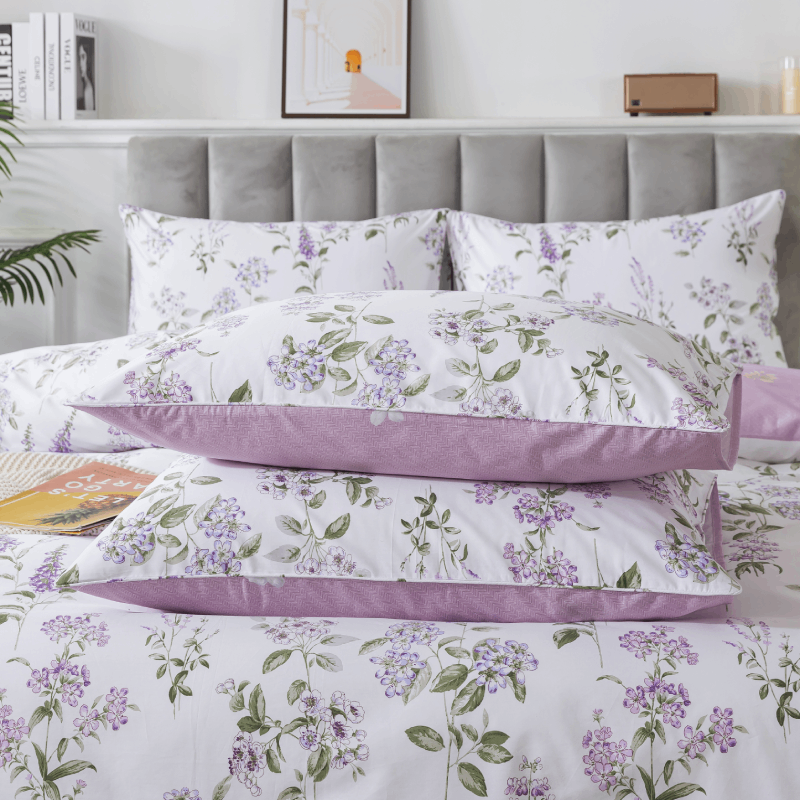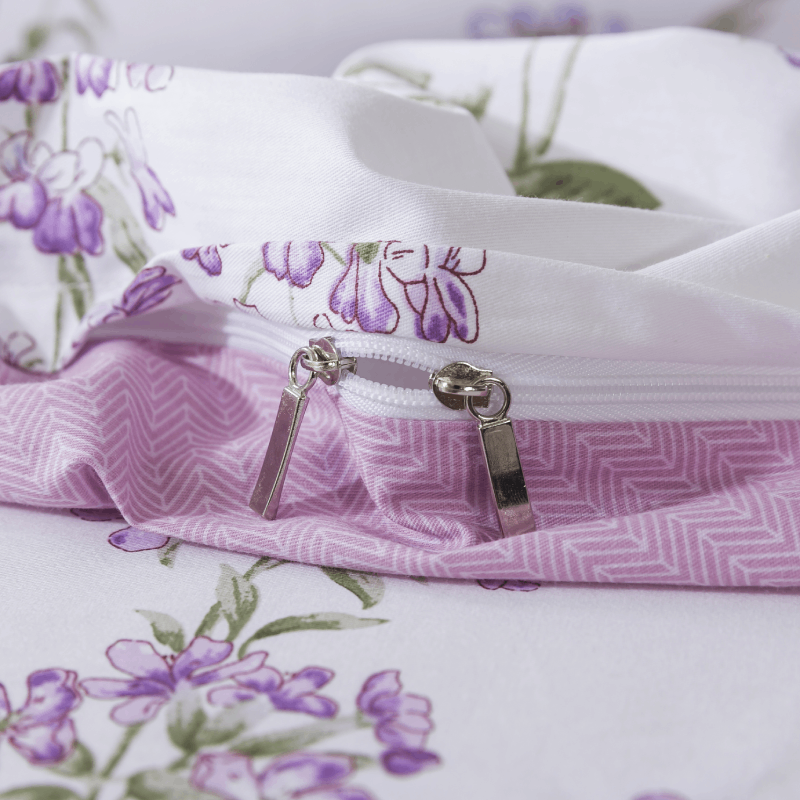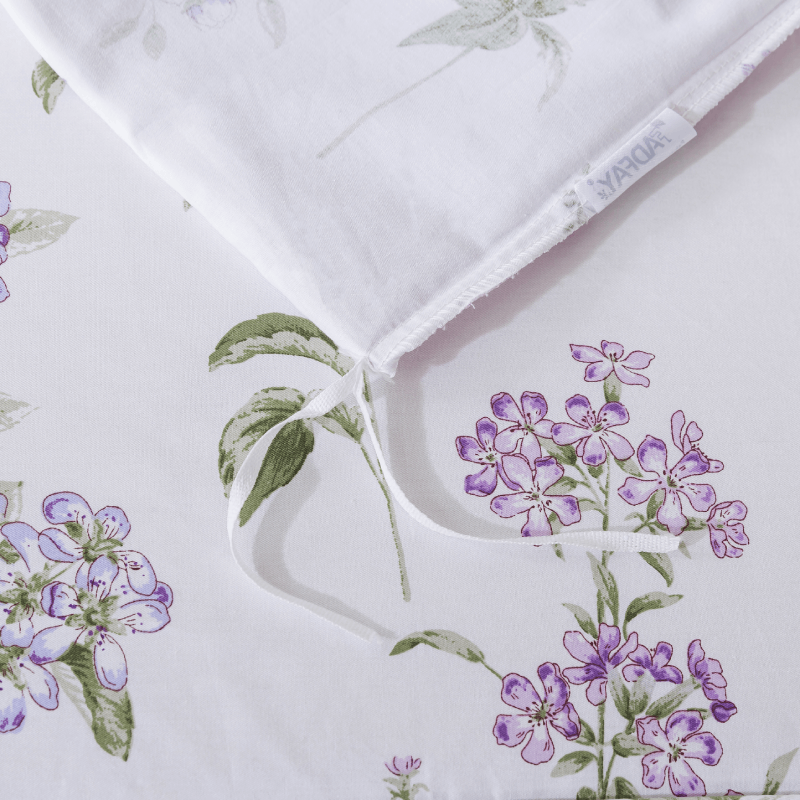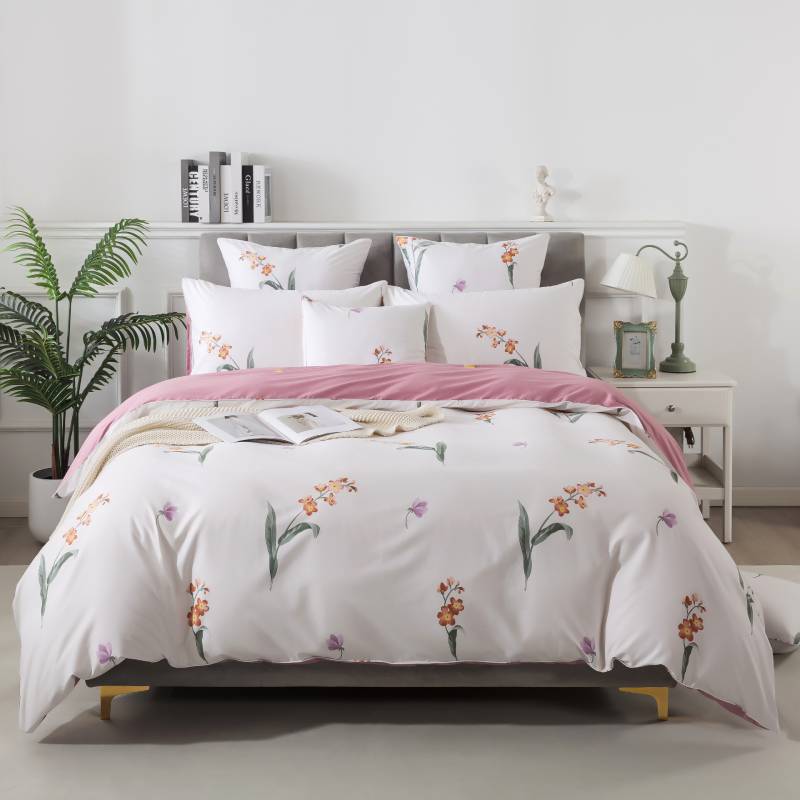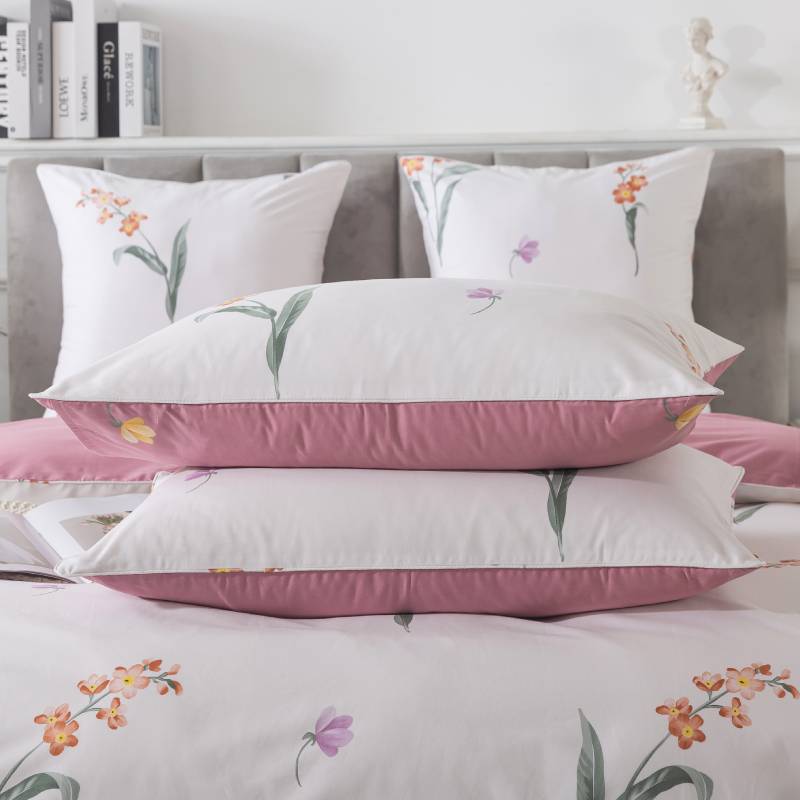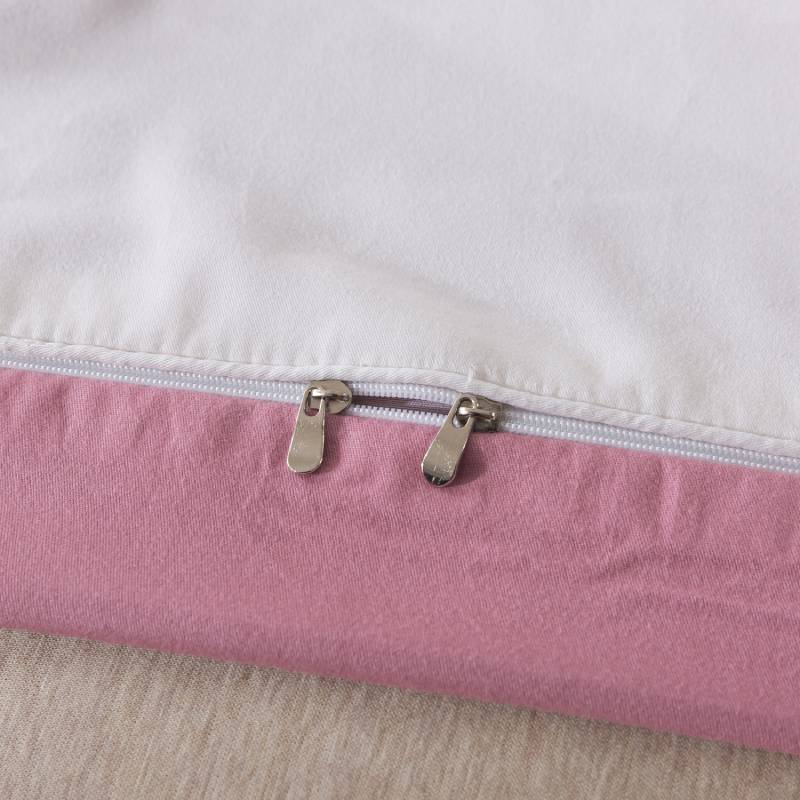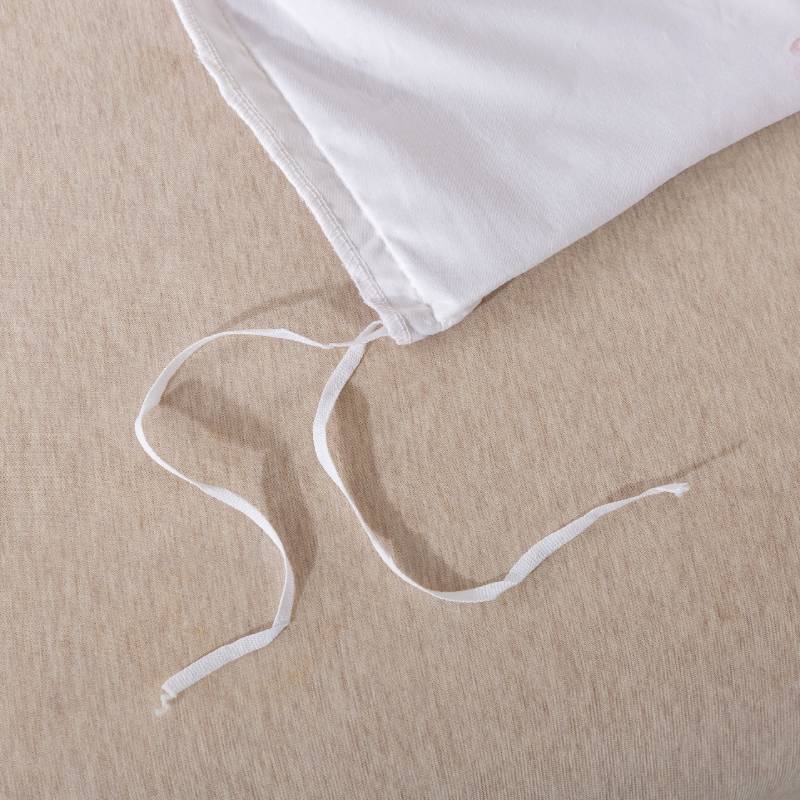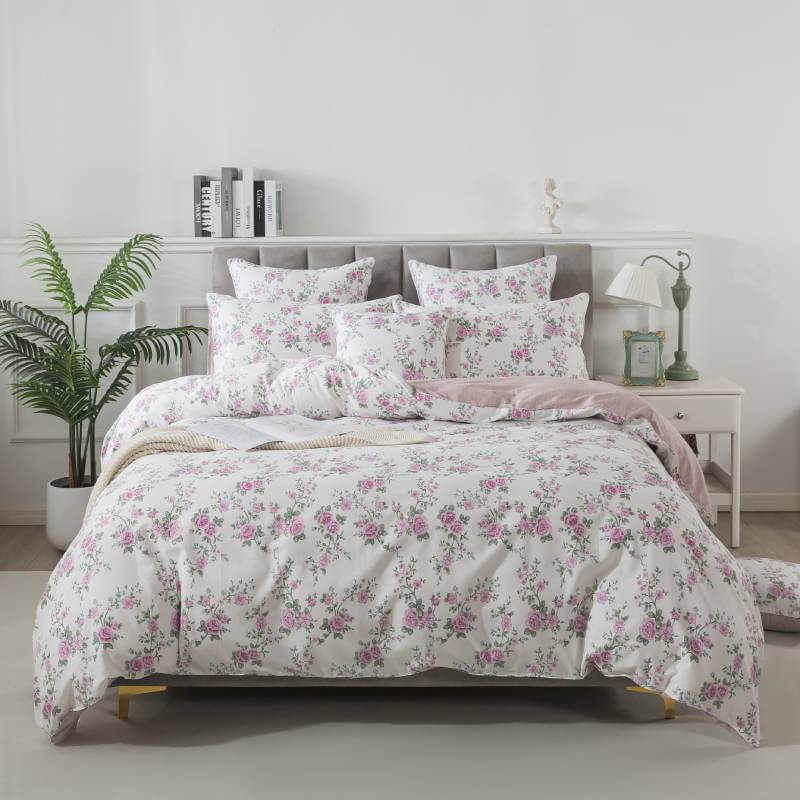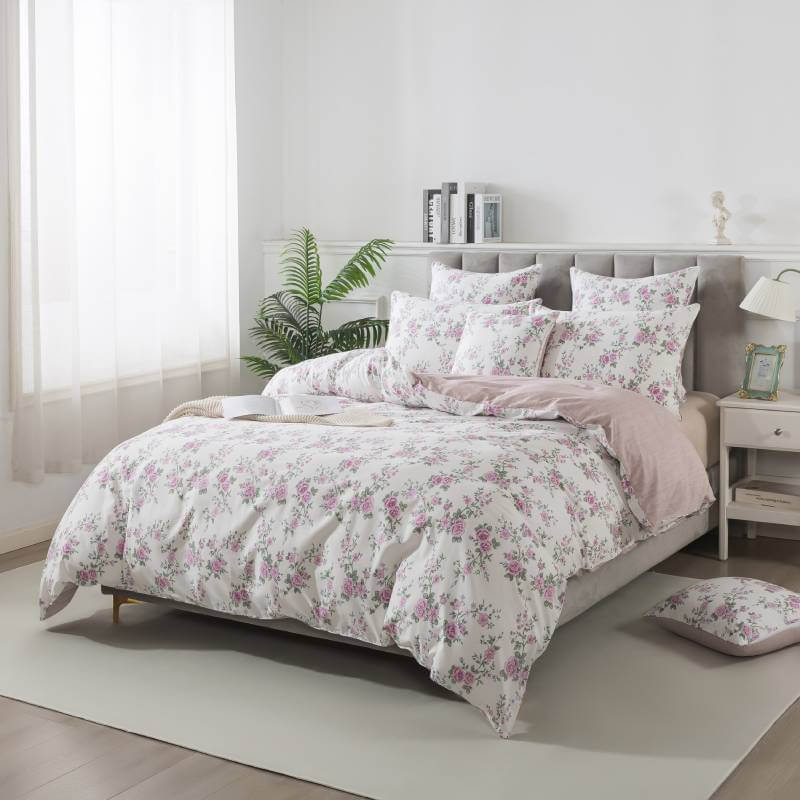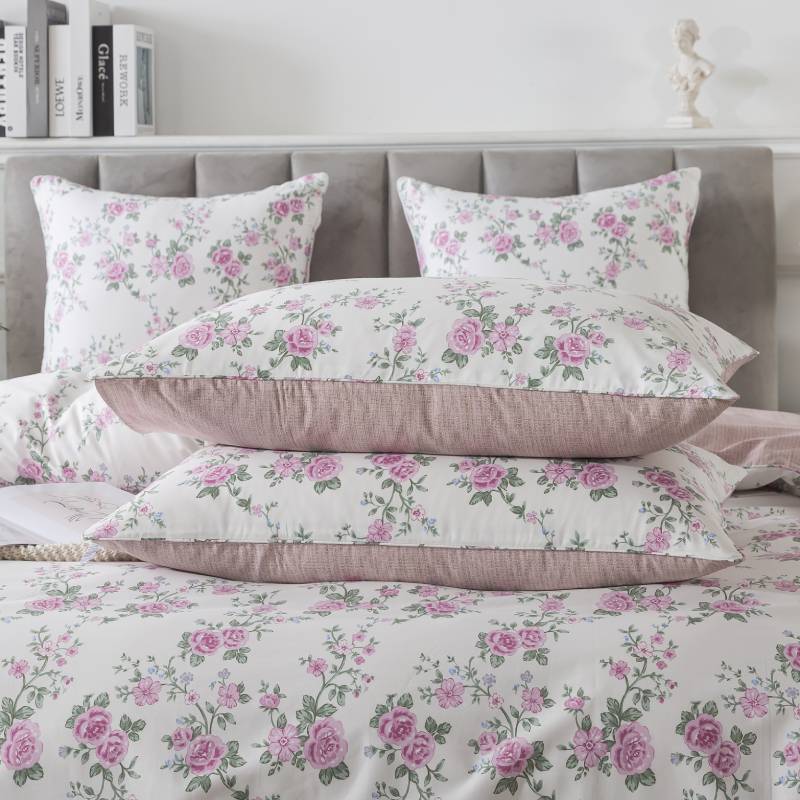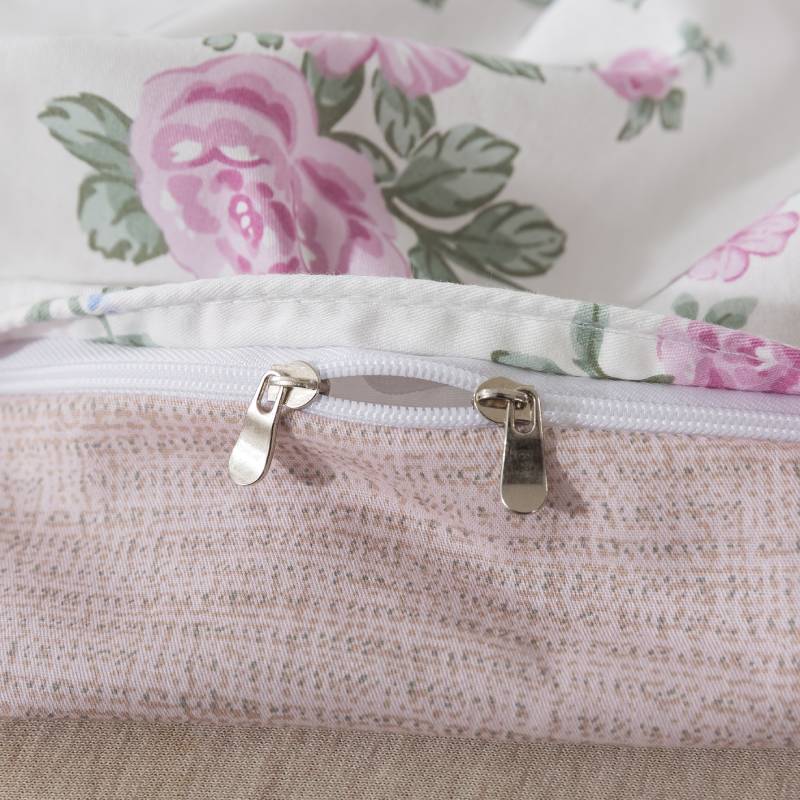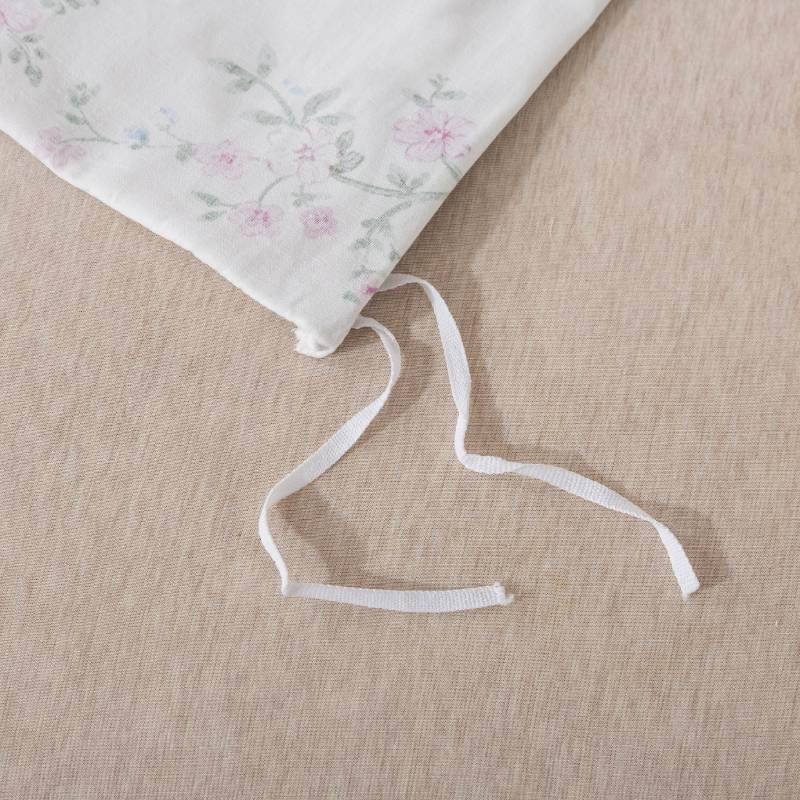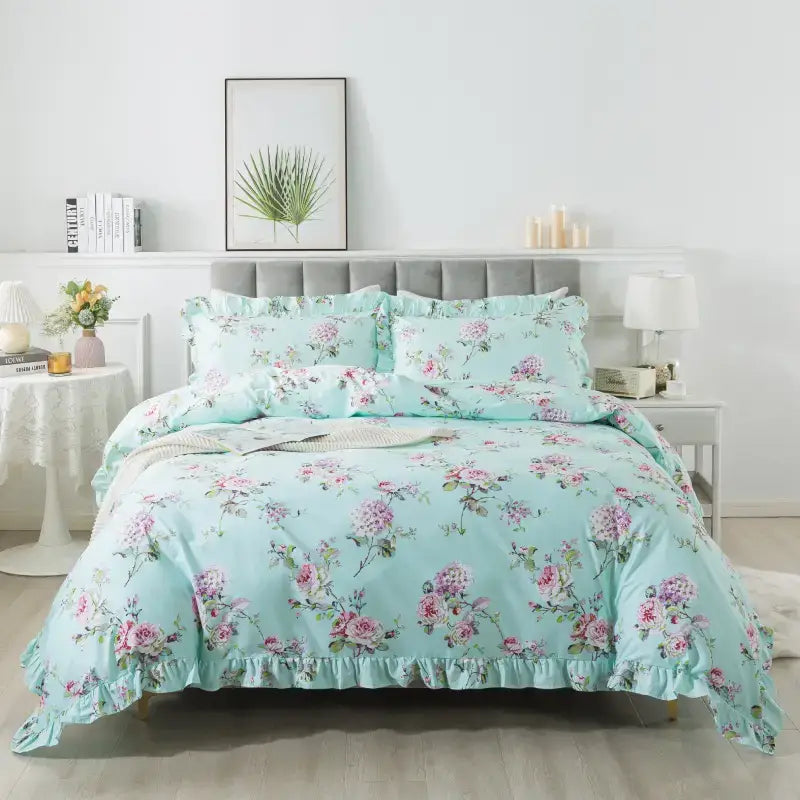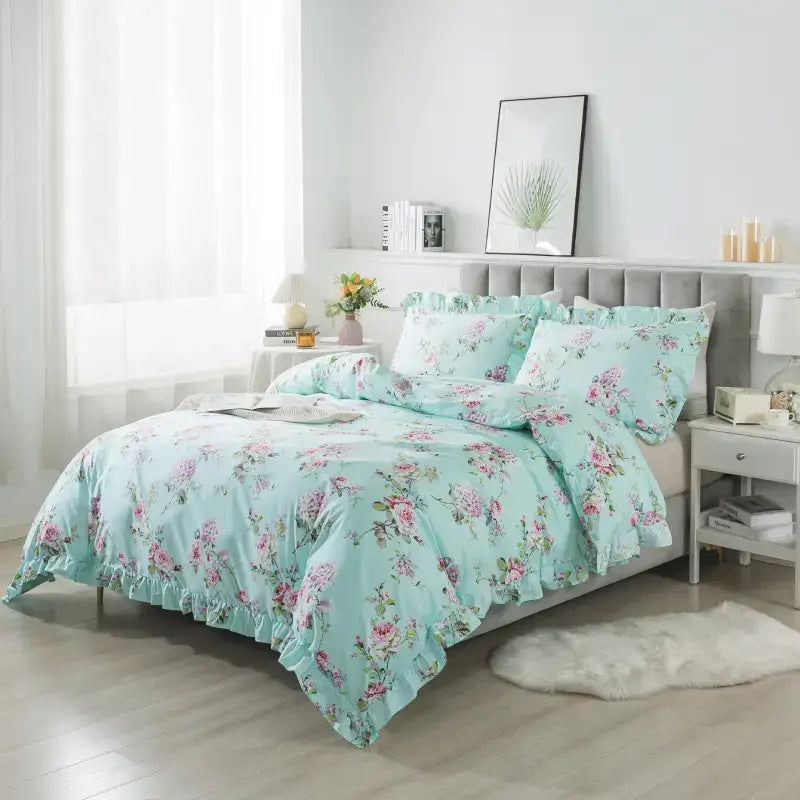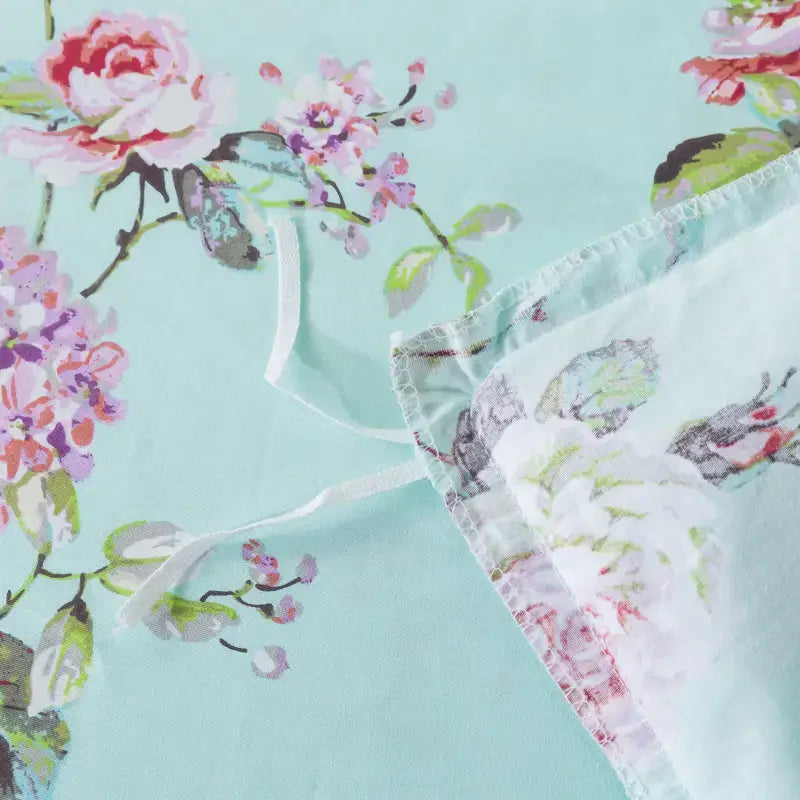Most of us spend a third of our lives sleeping. And when we slip into bed at night, we often take for granted the comforting layers that make sleep so cozy—especially the duvet cover. Beyond its decorative appeal, the duvet cover plays a crucial role in protecting the insert, regulating temperature, and offering comfort. But have you ever stopped to think about how a duvet cover is made?
From the cotton fields to your bedroom, the journey of a duvet cover is a blend of tradition, technology, and thoughtful design. In this blog, we’ll explore every step involved in the manufacturing of a duvet cover—highlighting the craftsmanship, materials, and care behind each piece.
1. Choosing the Right Fabric
The first and most important step in making a duvet cover is selecting the right fabric. Common fabric choices include:
-
Cotton: Especially long-staple cotton (like Egyptian or Pima), prized for its softness and durability.
-
Linen: A breathable, textured option often chosen for its natural and airy feel.
-
Microfiber or Polyester: A synthetic, affordable alternative that’s wrinkle-resistant.
-
Bamboo or Tencel: Eco-friendly fabrics known for being ultra-soft and moisture-wicking.
The fabric is usually chosen based on the intended use—luxury, seasonal, budget-friendly, or sustainable bedding. The selection also determines the feel (smooth or crisp), durability, breathability, and ease of care.
2. Spinning & Weaving the Yarn
Once the fabric material (like cotton) is harvested, it goes through several stages:
-
Cleaning: Removing seeds, dirt, and debris.
-
Carding & Combing: Aligning the fibers and removing short strands.
-
Spinning: Turning fibers into yarn.
Then comes weaving, where yarns are interlaced to form a sheet of fabric. Popular weaves for duvet covers include:
-
Percale: A plain weave, crisp and breathable.
-
Sateen: A satin weave, giving a silky smooth finish and slight sheen.
-
Twill: Durable and soft, often seen in brushed cotton options.
The type of weave affects the texture, strength, and appearance of the duvet cover.
3. Dyeing and Printing
After weaving, the fabric moves on to the coloring stage. This includes:
-
Dyeing: Fabrics are dyed in solid colors using reactive or pigment dyes. Reactive dyes are colorfast and soak into the fiber, ideal for bedding.
-
Printing: Patterns are applied using rotary screen, digital printing, or block printing methods.
Digital printing is increasingly popular because it allows for high-definition, custom designs with less water and chemical use—making it a sustainable choice.
All dyed and printed fabrics go through fixation and washing to ensure colors are set and residues are removed. Fabrics are then tested for colorfastness, shrinkage, and softness.
4. Cutting and Sizing
Once the fabric is ready, it’s cut into panels according to the size of the duvet cover—usually Twin, Full/Queen, or King. Precision is crucial here, especially for ensuring:
-
Perfect alignment of patterns across seams
-
Uniformity across batches
-
Minimal fabric waste
Cutting is done using computer-controlled machines for accuracy and efficiency.
5. Stitching and Construction
This is where the raw material starts to look like a real duvet cover. Skilled tailors and industrial sewing machines are used to assemble the panels. Key steps include:
-
Joining panels: Front and back pieces are stitched together with reinforcement at stress points.
-
Adding closures: Duvet covers often use:
-
Zippers (hidden or visible)
-
Buttons
-
Envelope-style folds
-
-
Corner ties or loops: These are sewn inside to keep the duvet insert in place.
Seams are inspected to ensure they’re strong, straight, and aligned with patterns. Quality stitching helps prevent fraying and increases the longevity of the product.
6. Quality Control and Finishing
Before being packaged, each duvet cover goes through a final inspection. The QC (Quality Control) team checks for:
-
Loose threads or skipped stitches
-
Color inconsistencies
-
Measurement accuracy
-
Fabric defects like pilling or tears
Many manufacturers also pre-wash or pre-shrink the covers so customers won’t experience size changes after washing.
Final steps may include ironing or steaming to give the product a crisp, presentable look.
7. Packaging and Branding
Packaging is more than just wrapping—it’s part of the customer experience. Sustainable brands often use:
-
Recyclable paper wraps
-
Fabric bags made from scrap materials
-
Minimal plastic
Labels are attached with product information, washing instructions, and branding elements. In many cases, the packaging design aligns with the brand’s aesthetic and sustainability goals.
8. The Role of Technology and Sustainability
Modern duvet cover manufacturing is increasingly powered by technology. From automated cutting to digital design files, the process is faster, more efficient, and consistent.
Meanwhile, sustainability has become a growing concern. Leading brands focus on:
-
Organic or OEKO-TEX® certified materials
-
Low-impact dyes
-
Water-saving printing methods
-
Fair labor practices
These improvements not only reduce environmental impact but also appeal to conscious consumers.
9. Customization and Small-Batch Production
For boutique brands or custom orders, the process includes:
-
Made-to-order cuts
-
Custom sizing
-
Personalized embroidery or monograms
-
Limited edition patterns
This type of production requires more manual oversight but allows for higher product uniqueness and exclusivity.
Conclusion: More Than Just Fabric
A duvet cover may seem like a simple bedding item, but behind it lies a complex journey of agriculture, textile engineering, design, and craftsmanship. Each seam is the result of countless decisions—from the type of cotton grown to the stitching technique used.
The next time you snuggle under your duvet, take a moment to appreciate the work and creativity behind it. From the cotton fields to your bedroom, the story of your duvet cover is one of comfort, care, and quiet innovation.

